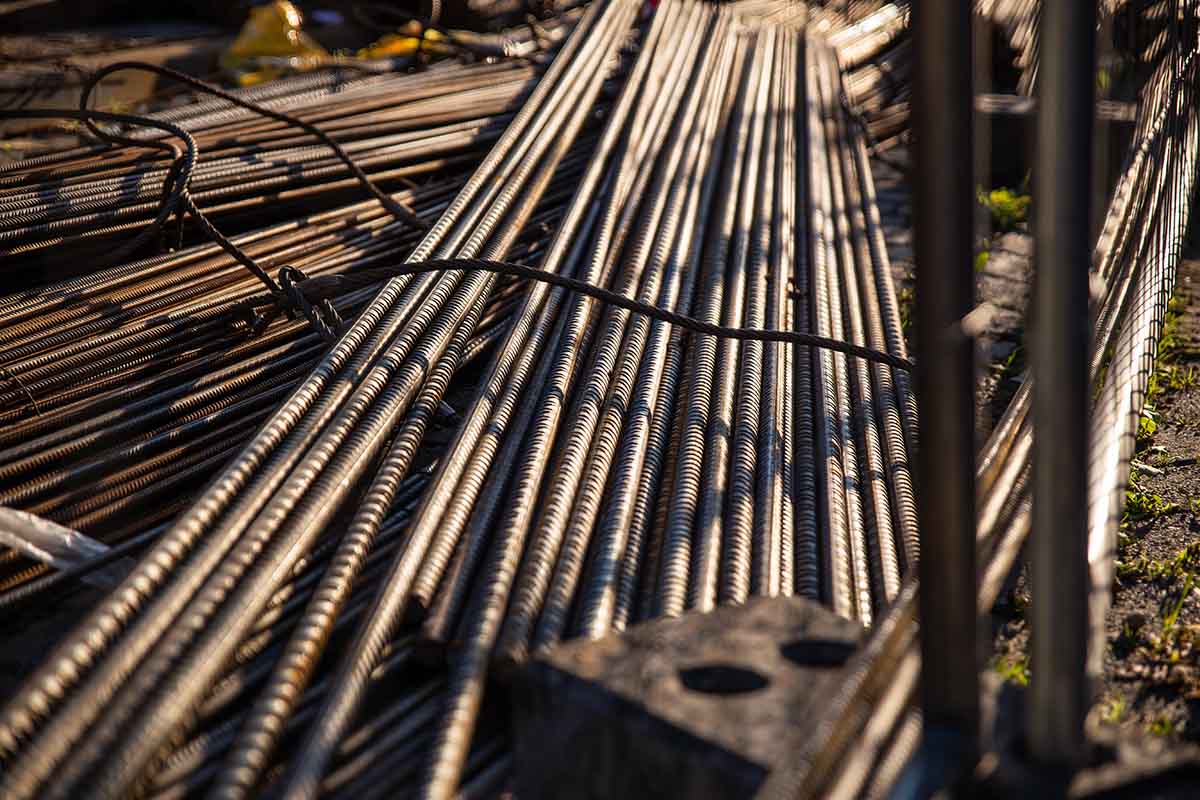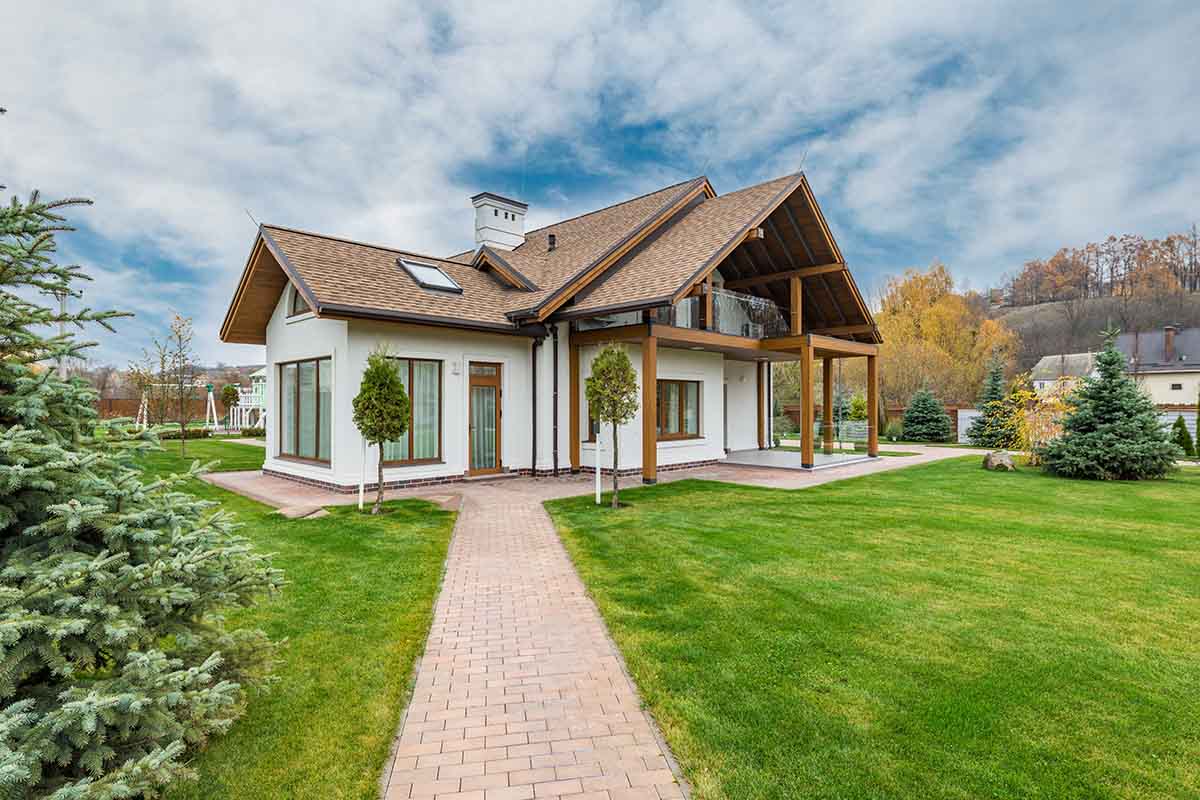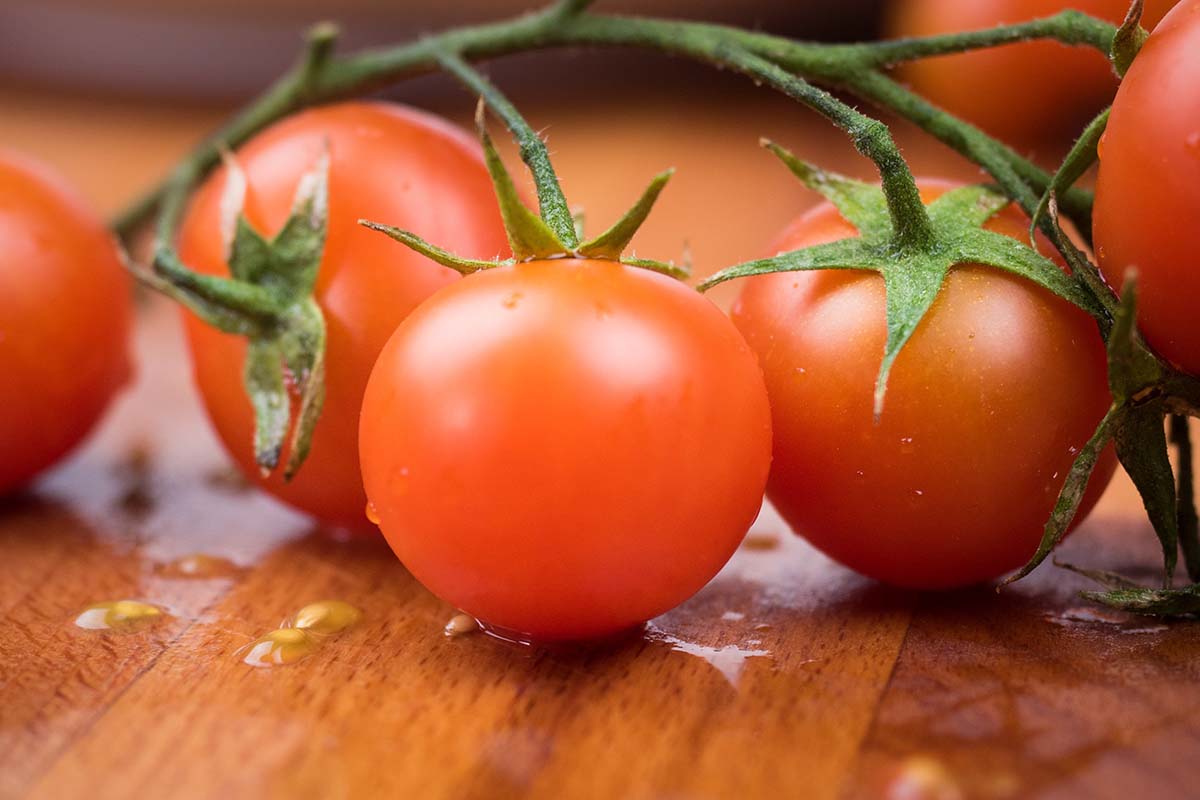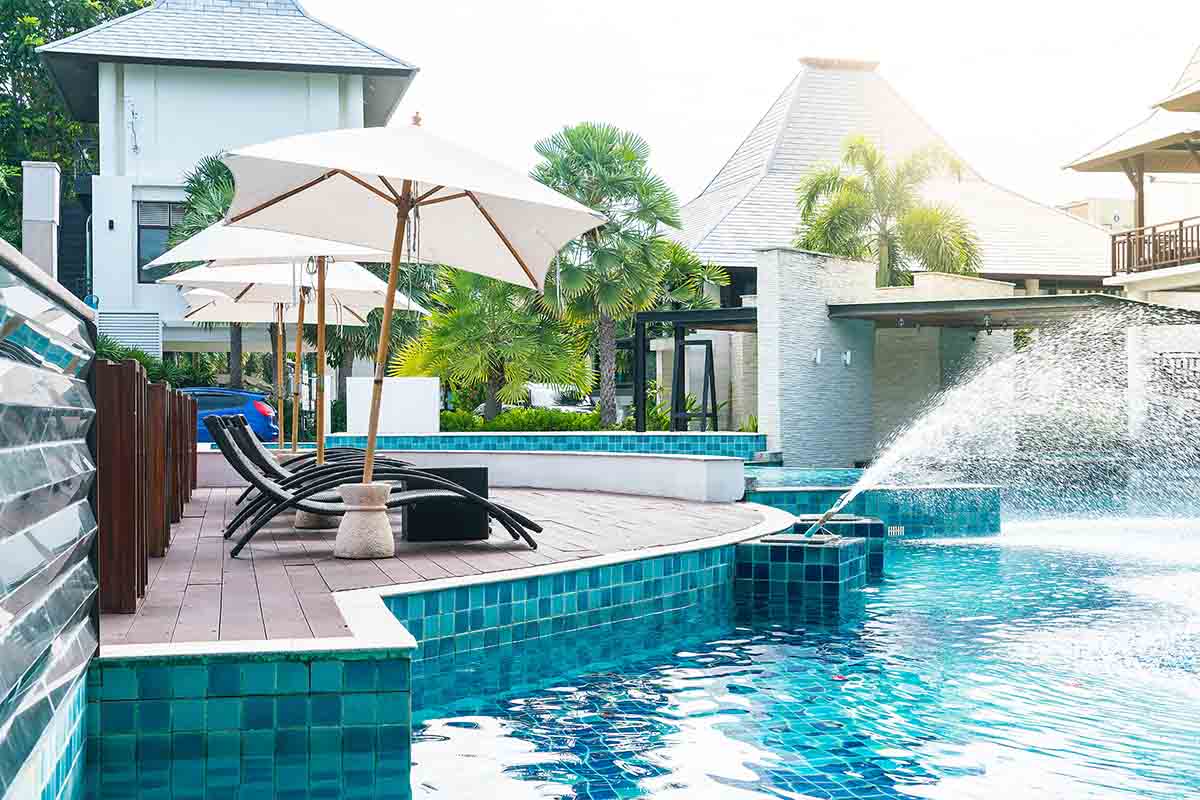What you need to know about the costs and practical considerations of steel purlins
Key Points
- Types and Strength: C-purlins are suitable for smaller spans, while Z-purlins offer greater strength and versatility for longer spans and heavier loads.
- Cost Factors: Prices vary by material thickness, type (C or Z), length, and whether the steel is galvanized for corrosion resistance.
- Installation Considerations: Proper installation requires skilled labor, and Z-purlins require more time and expertise due to their overlapping design.
Steel purlins are an essential component of modern construction.
Used primarily in roofing systems and wall frames, these horizontal beams support roofing sheets or wall panels and help transfer the load to the main structural frame.
When you are searching for steel for sale near me and selecting steel purlins for your construction project, it’s a good idea to have prior knowledge of their costs and the practical aspects involved.
Here is an overview of what steel purlins are, a look at the various types available, and practical considerations for installation and maintenance.
Steel purlins explained
Steel purlins are horizontal beams that sit between the roof rafters and support the roofing sheets.
They can also be used in wall systems, where they serve as framing components to hold up external walls or cladding.
These beams are made from high-strength steel, which provides excellent load-bearing capacity while being lightweight and relatively easy to install.
Steel purlins are often the default option when constructing large structures like warehouses, factories, and agricultural buildings. This is due to their ability to span long distances and support heavy loads.
What are the different types of steel purlins?
✅There are two main types of steel purlins commonly used in construction: These are C-purlins and Z-purlins. They both have their own unique advantages and suitability for specific applications.
✅C-Purlins get their name as a result of their C-shaped cross-section. These purlins are primarily used in simple roof structures. They are ideal for supporting roof cladding and are commonly found in smaller buildings. This purlin type is easy to install and can be placed back-to-back for added strength.
✅Z-Purlins have a distinctive Z-shaped profile. They are stronger and more versatile than C-purlins. They can overlap at joints, making them a better choice for longer spans and larger structures. Z-purlins are often used in complex roofing systems as they more efficiently transfer loads over long distances.
Factors affecting the cost of steel purlins
The cost of steel purlins can vary widely based on several factors.
Understanding these factors can help you budget more effectively for your project.
The thickness of the steel used in purlins is an influential factor in their price.
Thicker, higher-gauge steel will naturally cost more but offers increased strength and durability.
If you buy steel that has been treated for corrosion resistance, such as galvanized steel, it may be more expensive.
Purlins are available in a range of sizes, and the cost increases with length and size.
Longer spans require stronger purlins, which are more expensive due to the extra material used. Custom sizes, tailored to specific project needs, may also raise costs compared to standard lengths.
Z-purlins tend to be more expensive than C-purlins because of their overlapping design, which provides better load-bearing capacity and efficiency in larger structures.
The more complex manufacturing process of Z-purlins can also contribute to a higher price.
Average cost breakdown
Here’s a general breakdown of typical steel purlin costs if you want a rough estimate.
Prices for C-purlins invariably range from $2 to $5 per linear foot, depending on material thickness and length. Galvanized C-purlins can cost slightly more, around $3 to $6 per linear foot.
The price of Z-purlins reflects their strength and versatility
. They usually range from $4 to $8 per linear foot.
It should be stressed that these prices are intended as a general guide and may fluctuate based on various factors, including current steel market prices.
Structural load and span requirements
One of the most relevant factors in selecting the right steel purlins for your project is the load they need to support.
This includes the weight of the roofing or cladding materials, as well as any additional loads such as snow, wind, or equipment mounted on the roof.
The span between supports also plays a pivotal role, as longer spans require stronger, thicker purlins.
That’s why Z-purlins are often the preferred choice for projects with longer spans, as they provide greater strength and can be overlapped for additional support.
C-purlins work well for smaller spans or lighter loads, offering a more economical option.
Corrosion resistance
If you are using steel purlins for outdoor projects or buildings in areas with high humidity, they must be protected against corrosion.
Galvanized steel purlins, which are coated with a protective zinc layer, offer excellent rust resistance and are the preferred choice for exterior applications.
Installation and labor costs
The cost of installation can vary greatly depending on the complexity of the project.
While steel purlins are generally easier to install than other materials, skilled labor is still required to ensure proper alignment and load distribution.
Bear in mind that mistakes during installation can lead to structural issues, so it’s important to work with experienced contractors.
Due to their overlapping design, Z-purlins may require more time and expertise to install, which could increase labor costs compared to simpler C-purlins.
Thermal expansion considerations
Steel, like all metals, expands and contracts with temperature changes.
This movement can affect the stability of purlins, especially in regions with extreme temperature fluctuations.
That’s why accurate allowances for thermal expansion must be made during the design and installation phases to prevent buckling or damage over time.
Steel purlins are a versatile and cost-effective solution for providing structural support in roofing and wall systems.
Their strength, durability, and ability to span long distances make them popular for industrial and commercial buildings.
When planning a construction project involving steel purlins, the upfront costs must be considered in conjunction with the long-term benefits of using durable, corrosion-resistant materials.
Practical factors such as load requirements, span lengths, and installation complexities should also be considered to ensure your building’s structural integrity and longevity.
Once you understand these costs and practical considerations, you can make informed decisions about incorporating steel purlins into your project.
Talk to your steel supplier to ensure you choose the best option.




















